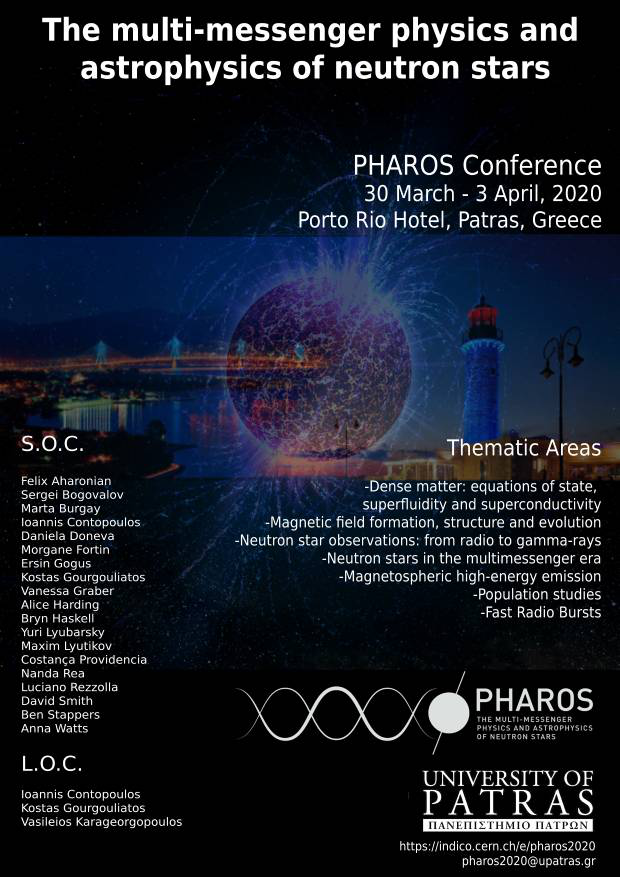Speaker
Description
We model numerically the process of formation of proto-magnetars resulting from the collapse of the very compact, low-metallicity cores of high-mass stars. We explore the dependence of the proto-magnetar properties on the stellar progenitor rotational and magnetic properties as well as small variations thereof. These variations aim to parametrize the uncertainties with which 1D stellar evolution calculations can predict the progenitor properties. Also, they serve the purpose of assessing the key ingredients in stellar evolution that determine the post-collapse remnant, i.e. whether the end product after stellar death is a neutron star or a black hole. Our models track the post-bounce evolution of the core for nearly 10 seconds, combining special relativistic MHD, an approximately generally relativistic gravitational potential, and two-moment neutrino transport. After this long time, the fiducial conditions for a proto-magnetar engine, able to drive extreme events (e.g. superluminous supernovae, hypernovae and even gamma-ray burst), should be set according to the current theoretical models. We find that the poloidal magnetic field strength in the pre-collapse core is of utmost importance in determining whether the proto-neutron star resulting from core bounce will be sufficiently long-lived to contribute significantly in the stellar explosion and the associated high-energy transients.

